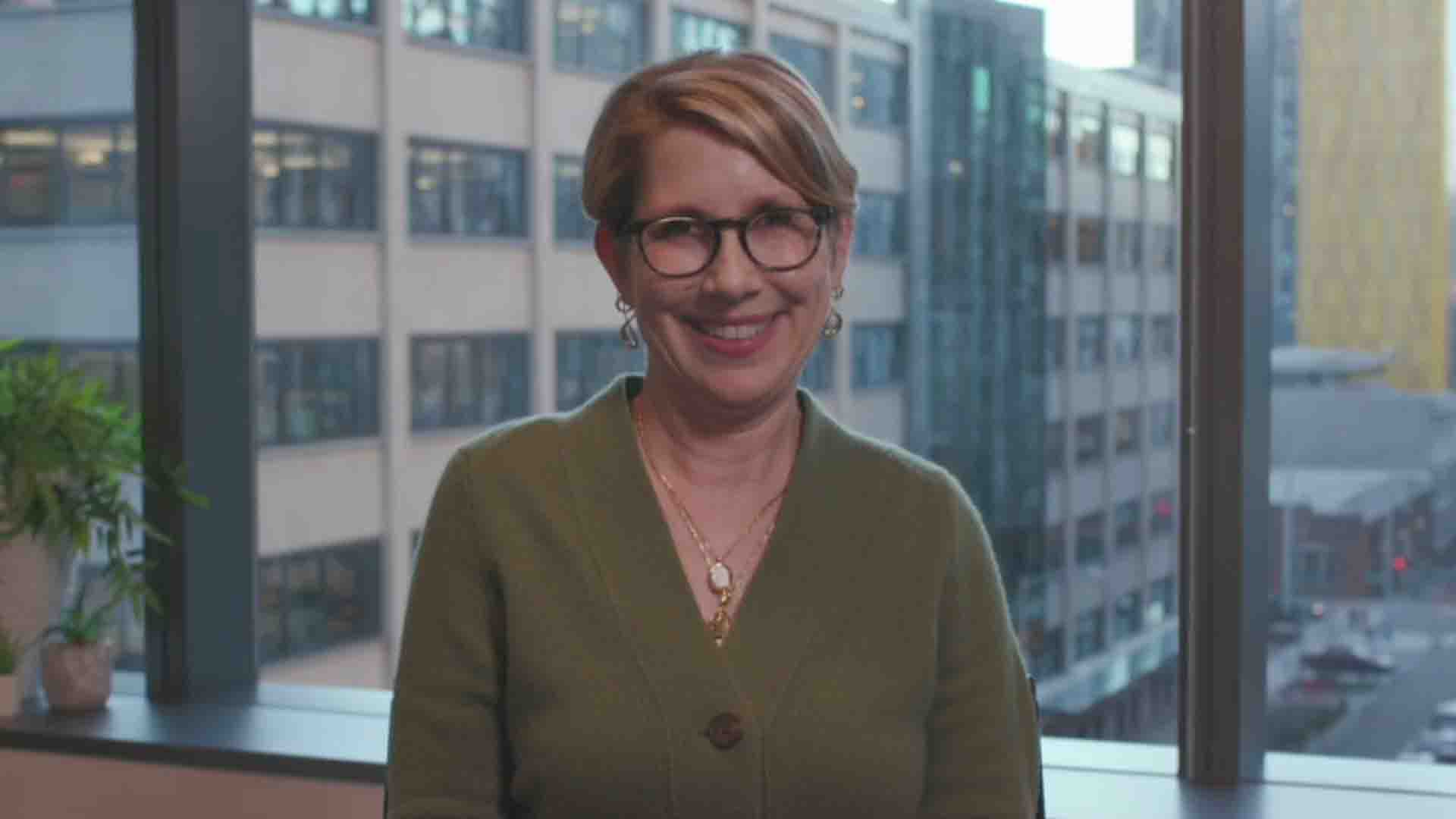 WOMEN IN TECH
WOMEN IN TECH
 WOMEN IN TECH
WOMEN IN TECH
 WOMEN IN TECH
WOMEN IN TECH
Mentorship leads to better outcomes for individuals. This practice also benefits businesses by providing pathways for motivated and informed employees and generating new ideas from a more diverse base.
But for underrepresented group in tech, it is also a way to coach individuals in how to express themselves.
“As a woman in tech, I’ve realized the criticality of finding your voice and using your voice,” said Rachel Thornton (pictured), vice president and chief marketing officer of global marketing at Amazon Web Services Inc. “I look at mentorship as a great way to help individuals find their voice and use it, and then advocate on behalf of others and yourself as well.”
Thornton spoke with John Furrier, host of theCUBE, SiliconANGLE Media’s livestreaming studio, during the Women in Tech: International Women’s Day event. They discussed the ins and outs of mentorship, breaking biases in tech, and the benefits of a diverse corporate culture.
Finding a mentor can be a challenge. But following one of AWS’ leadership principles, “learn and be curious,” is a great place to start, according to Thornton. Start by asking questions around what kind of mentorship is needed.
“What are the things you would like to get help or advice with? Is it career progression, learning how to navigate collaboration with different teams, figuring out a way to get [your ideas] surfaced in the organization?” Thornton explained.
Mentoring helps the mentee, which is the first goal of this kind of relationship, but it also benefits the mentor. The first step of the relationship is getting to know each other.
“When I work with someone in a mentor capacity, I spend … time getting to know them and also what it is they want out of it,” Thornton said. “Ask a lot of questions up front, find out what they’re hoping to achieve.”
Having a goal in mind is equally important for the mentee. And being aware of other potential mentors is good practice; if there is another resource who would be more conducive to the goals of the partnership, recommending someone else is a form of mentorship, according to Thornton.
AWS culture has a foundation for mentorship, including Women in Amazon, Amazon Circles and other programs, including those based on location. The U.K.-based GetIT program was developed with the purpose of “encouraging and inspiring girls between ages of 12 and 15 to be interested in careers in tech.” By linking students with mentors and creating a project-based assessment, many participants were able to get a peek into what a career in tech would look like for them.
In final thoughts on mentorship, Thornton spoke about how to break the cycle of bias: intentionally bringing diverse voices into business conversations.
“The more diverse I can make those conversations, the better off we’re going to be with whatever solution we come up with for our customer,” Thornton said.
She also recommends letting everyone on the client team speak before the project/team leader, both for inclusion and perspective.
Watch the complete video interview below, and be sure to check out more of SiliconANGLE’s and theCUBE’s coverage of the Women in Tech: International Women’s Day event.
THANK YOU